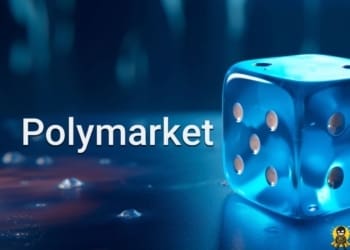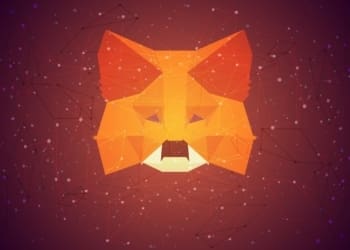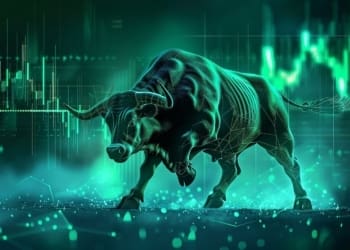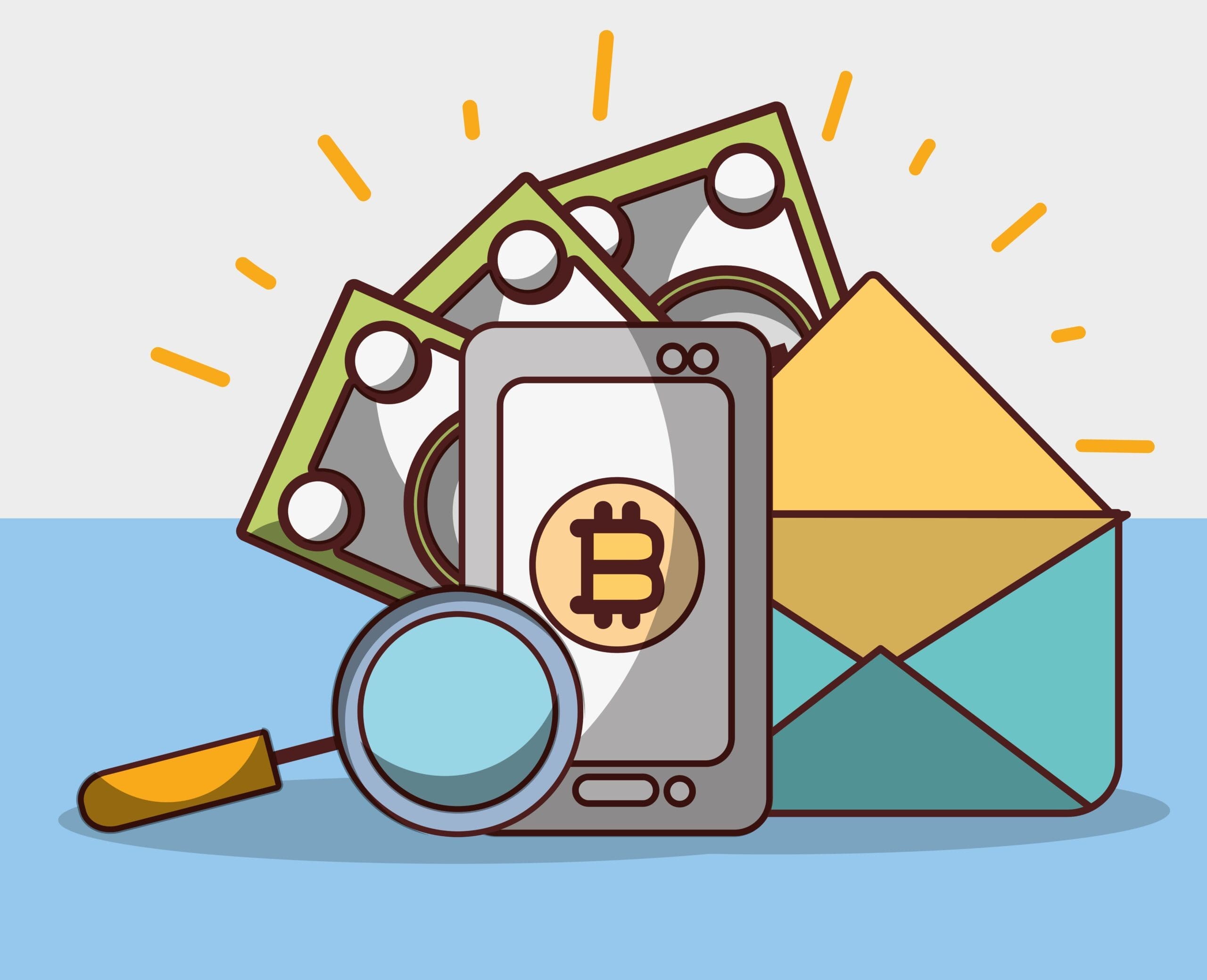The Graph symbolized by GRT stands as a pivotal decentralized indexing protocol designed to streamline the process of querying and organizing blockchain data In the burgeoning landscape of decentralized applications developers frequently encounter significant challenges in efficiently accessing and structuring the vast amounts of information residing on blockchain networks The Graph addresses this critical need by providing a robust decentralized solution that enables applications to access on-chain data with enhanced speed and reliability moving away from centralized data providers or self-hosted indexing solutions At its core The Graph functions by allowing developers to define open APIs called subgraphs These subgraphs meticulously organize blockchain data into readily queryable forms using GraphQL a powerful query language This innovation significantly simplifies the development process for decentralized applications as they can now interact with complex blockchain data much more intuitively and efficiently The protocol supports a wide array of blockchain networks including major platforms...
Read MoreThe Graph, symbolized by GRT, stands as a pivotal decentralized indexing protocol designed to streamline the process of querying and organizing blockchain data. In the burgeoning landscape of decentralized applications, developers frequently encounter significant challenges in efficiently accessing and structuring the vast amounts of information residing on blockchain networks. The Graph addresses this critical need by providing a robust, decentralized solution that enables applications to access on-chain data with enhanced speed and reliability, moving away from centralized data providers or self-hosted indexing solutions.At its core, The Graph functions by allowing developers to define open APIs called subgraphs. These subgraphs meticulously organize blockchain data into readily queryable forms using GraphQL, a powerful query language. This innovation significantly simplifies the development process for decentralized applications, as they can now interact with complex blockchain data much more intuitively and efficiently. The protocol supports a wide array of blockchain networks, including major platforms such as Ethereum, Polygon, Arbitrum, Optimism, and Avalanche, making it a versatile tool across the multi-chain ecosystem.The decentralized network of The Graph is powered by a community of participants fulfilling distinct roles. Indexers operate Graph Nodes, processing blockchain data and serving queries in exchange for query fees and indexing rewards in GRT tokens. Curators, often developers or data consumers, play a vital role by signaling to Indexers which subgraphs are valuable and reliable, contributing to the network's efficiency and earning a portion of the query fees for their accurate assessments. Delegators, who are GRT token holders, contribute to the network's security and operations by delegating their tokens to Indexers, thereby earning a share of the query fees generated.The GRT token serves as the native utility token underpinning the entire economic framework of The Graph network. It is essential for incentivizing participants, securing the network, and facilitating payments for data queries. Users of decentralized applications, or data consumers, pay query fees in GRT to Indexers for consuming the data provided through subgraphs. This comprehensive incentive structure ensures the continuous, decentralized, and reliable operation of the indexing service. The Graph is considered a fundamental piece of infrastructure within the Web3 stack, empowering developers to build sophisticated and performant decentralized applications that rely on accessible and organized blockchain data, thereby fostering innovation and further decentralization across the digital economy.
Read Less









